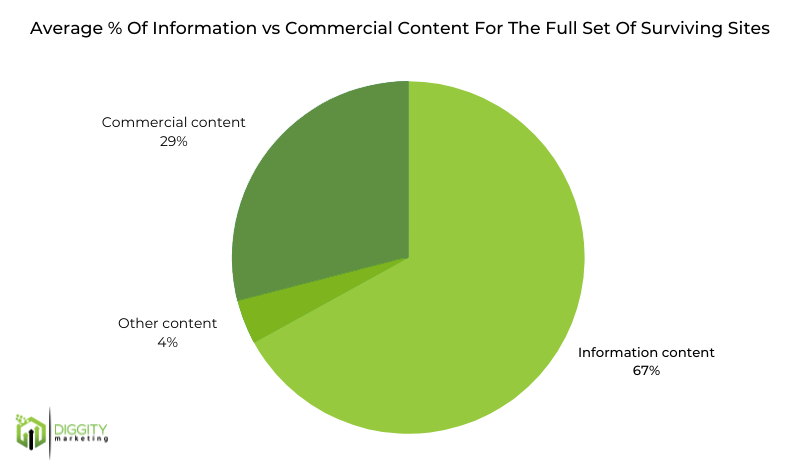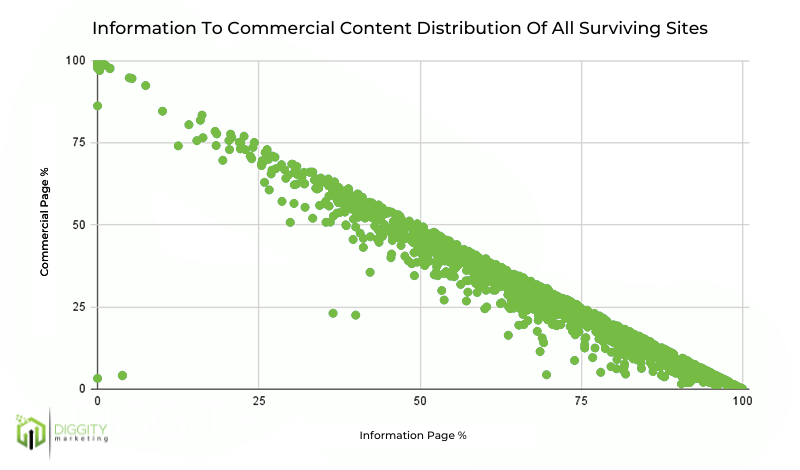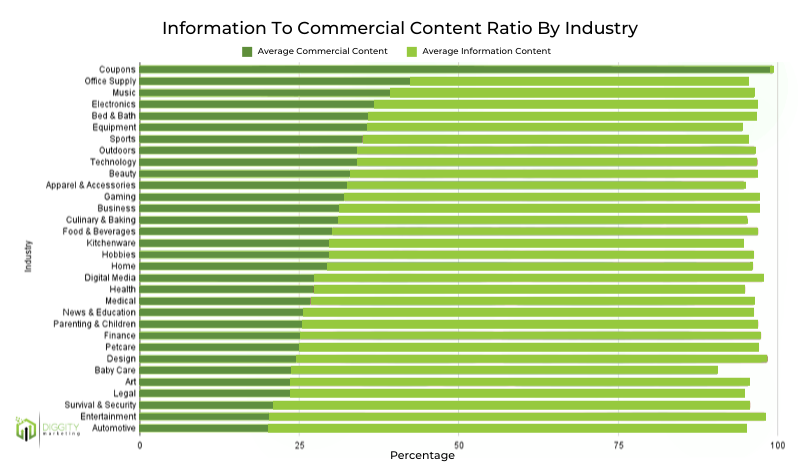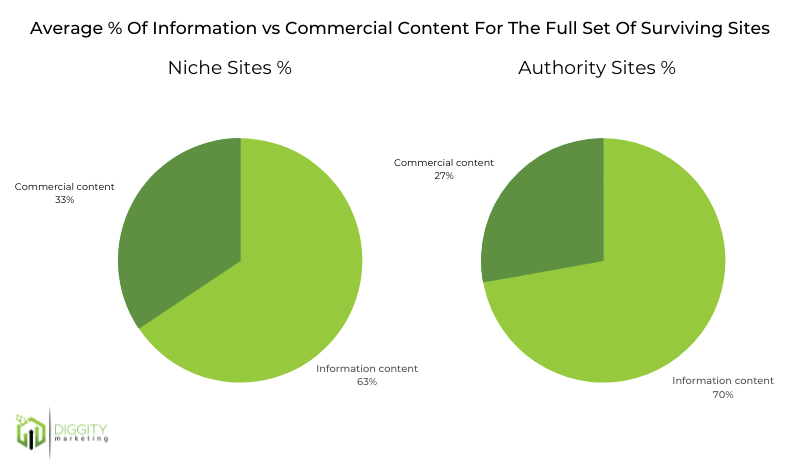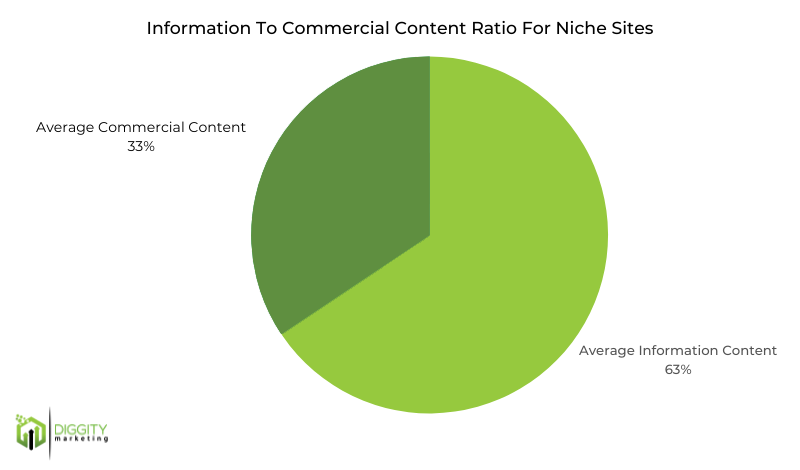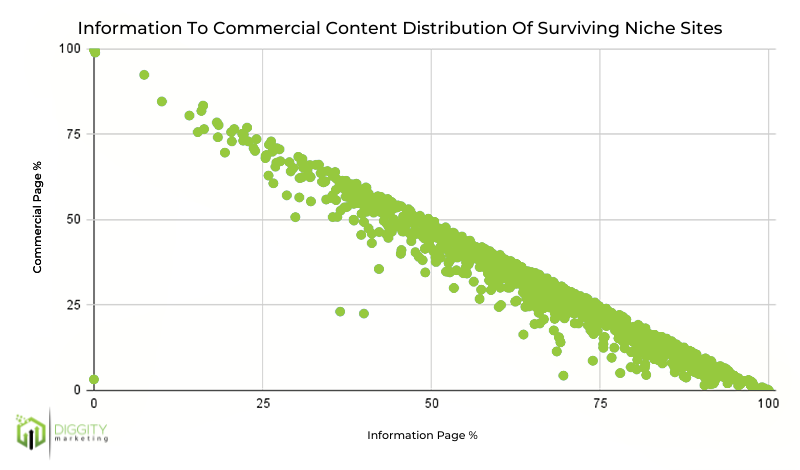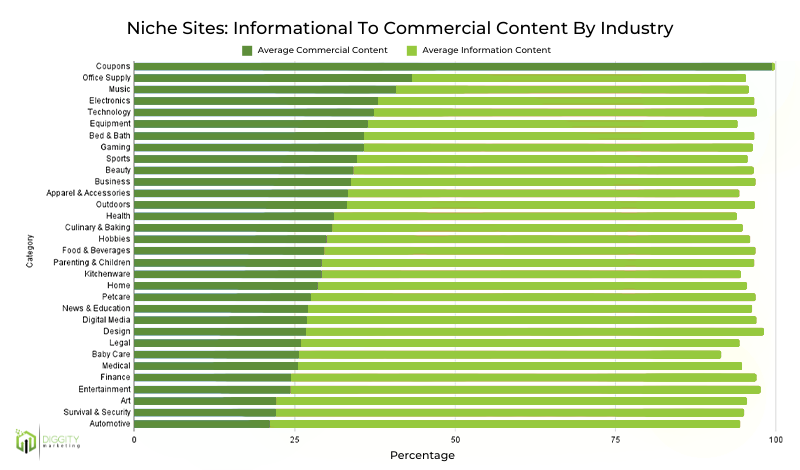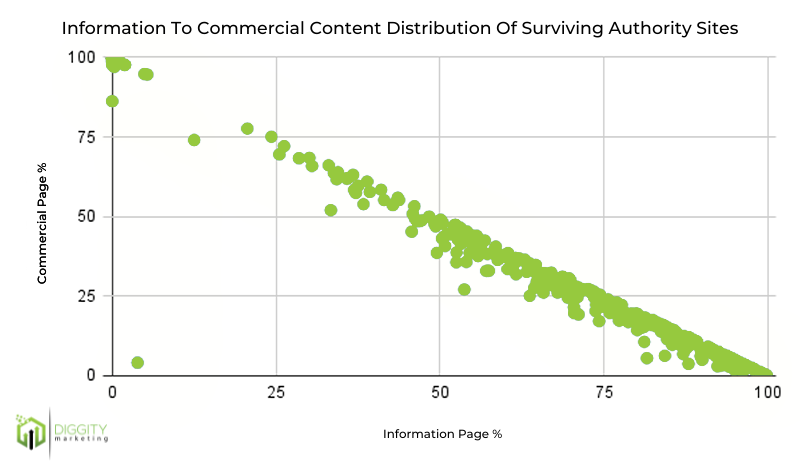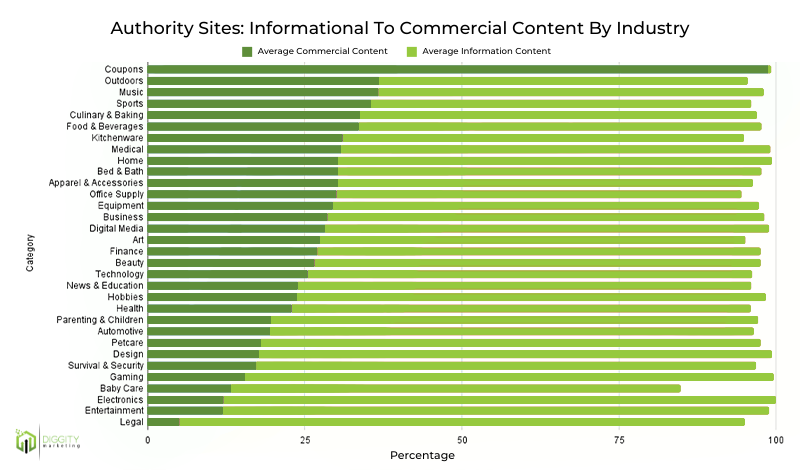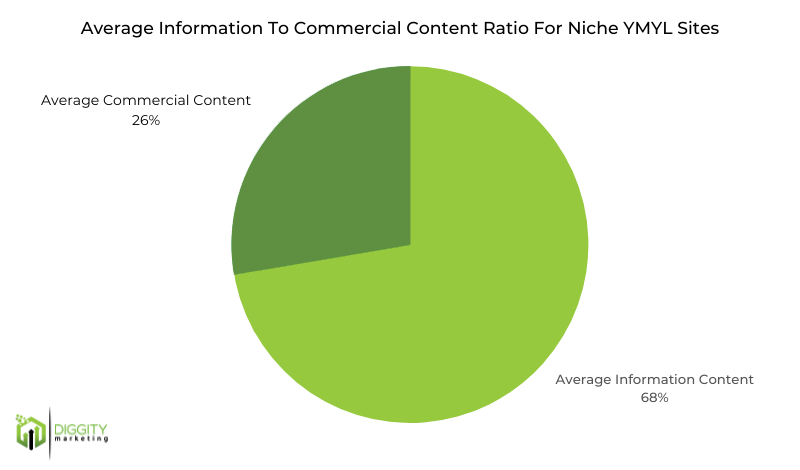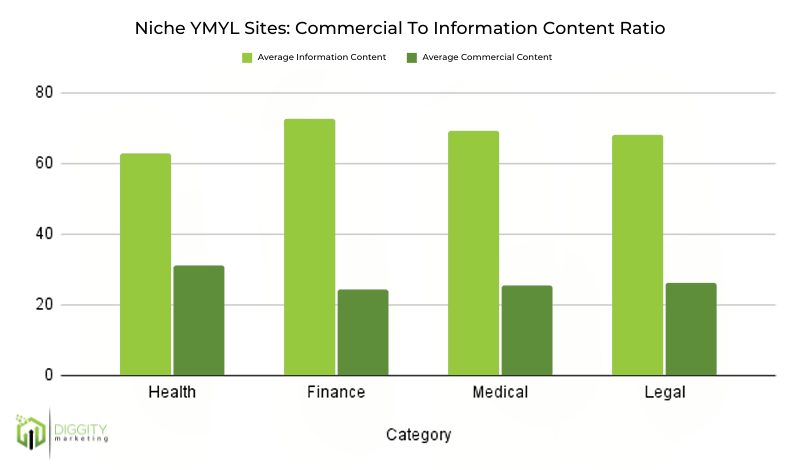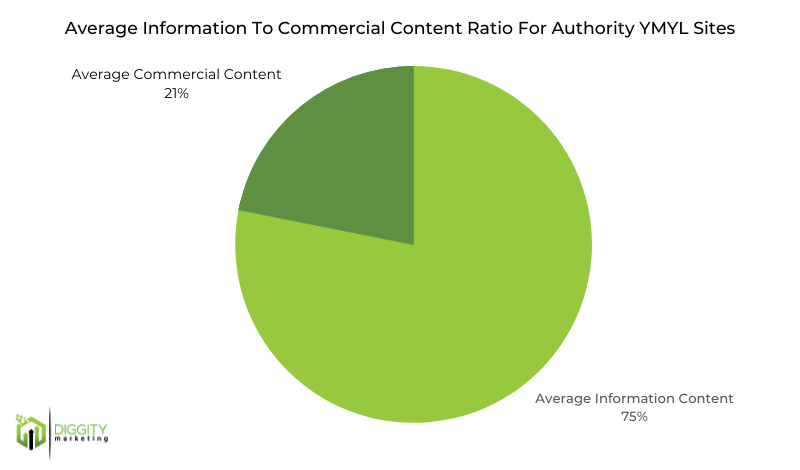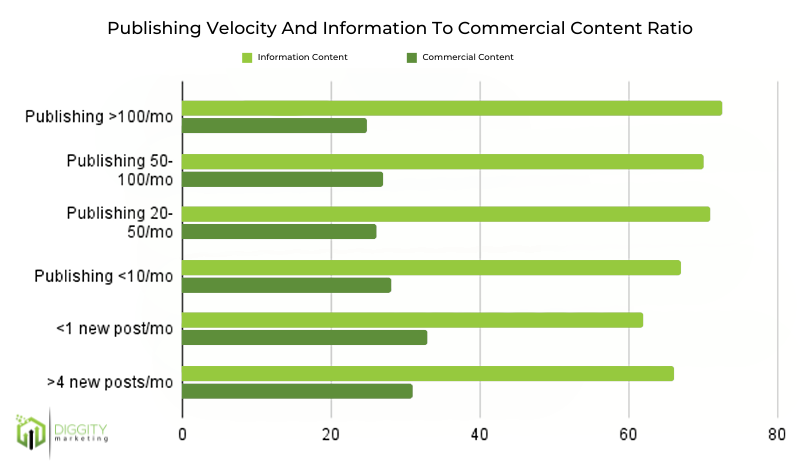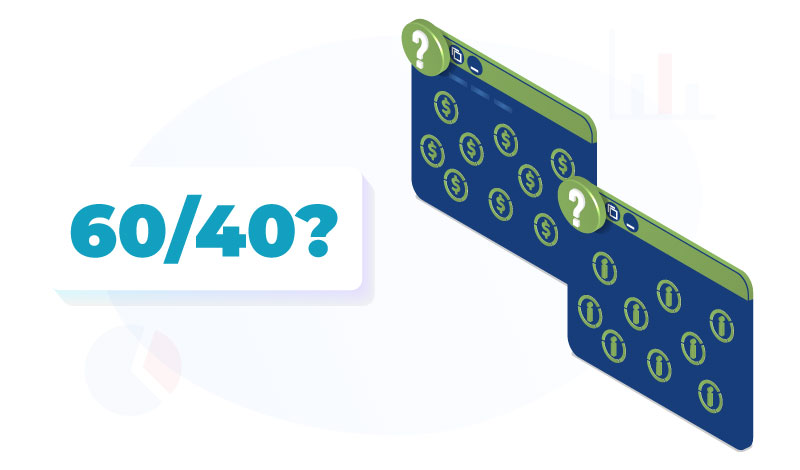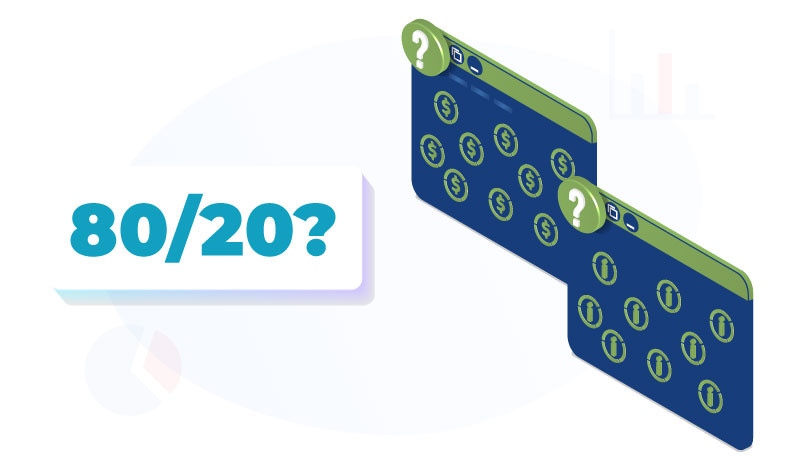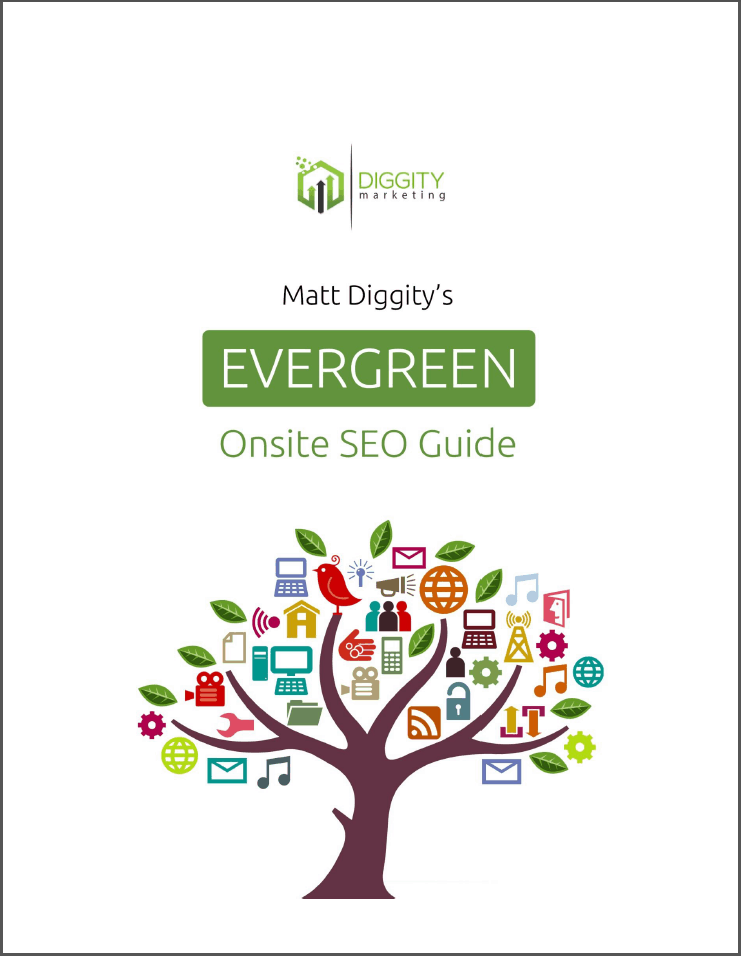In December 2020, many affiliate websites completely lost their rankings due to Google’s Core Algorithm Update. If your site’s rankings were also wiped out by this update or if you just want to make sure your sites won’t be affected by it in the future, this post is for you.
At the time, I had crawled over 600 affiliate websites to tease out what commonalities there were on sites that gained rankings vs sites that lost rankings following the update. You can watch that analysis here:
One of the core findings was that the ratio between informational content to commercial content seemed to play a part. In particular, affiliate sites with high proportions of commercial content seemed to be hit the hardest.
This post is a follow-up and presents an analysis of the ideal ratio of commercial content to informational content.
I’ve uncovered some golden nuggets that I’m excited to share with you!
Table Of Contents
- How This Analysis Was Conducted
- Average Informational To Commercial Content Ratio
- Info To Commercial Content Ratio For Niche Vs Authority Sites
- Commercial To Info Ratio For Sites With High E-A-T Factors
- Does Website Size Affect Commercial To Info Content Ratio?
- Publishing Velocity & Info To Commercial Ratio
- So, What’s The Ideal Ratio Of Info To Commercial Content?
- Final Thoughts
How This Analysis Was Conducted
With the help of one of my rockstar staff members, we collected data on a total of 1,517 affiliate websites across 32 different industries that are winning after the Dec 2020 core update.
The criteria for selecting websites was simple:
All sites in the study must be affiliate sites.
Sites that improved or maintained rankings after the update were added.
Sites that lost rankings initially but reclaimed them were added.
Sites that lost rankings and haven’t reclaimed them were not.
Each industry should have at least 50 websites (if available).
The goal of our study was to look for sites that either weren’t affected or that experienced a positive effect (even if this positive effect occurred down the track, per the websites that lost and then reclaimed their rankings).
As a result, our data-driven study allowed us to reveal the general ratio between info to commercial content that worked for the affiliate sites that were clearly winning after the December 2020 core update.
Average Informational To Commercial Content Ratio
For our analysis, “informational content” is defined as anything that does not include affiliate links and does not target keywords with commercial intent.
The sole purpose of info content is to answer questions or to educate the reader.
On the other hand, commercial (or “money content”) typically has the following features:
Includes variations of the words “best” or “review” in the title,
Includes outbound affiliate links, and
Targets keywords with buying or commercial intent.
Of course, these parameters don’t cover every single commercial page out there. There are definitely outliers that we probably missed. But for the most part, these parameters will do the job and give a decent picture for us to work from.
We ignored the small percentage of “other” pages that did not fit into either of these criteria. These include the home, about, contact, and category pages to name a few.
Key Insights
Average % of Information vs Commercial Content for the Full Set of Surviving Sites
Average information content = 67%
Average commercial content = 29%
By analyzing the ratio of info to commercial content, we wanted to determine some industry guidelines for affiliate sites moving forward. Thanks to this data, we no longer need to rely on speculation and “gut feeling”, you can see the average ratio of the winning sites above.
Naturally, there’s a big distribution and a handful of outliers compared to these averages.
But, as you’ll see in the scatter plot below, the majority of sites that survived the December 2020 update have a heavy focus on informational content.
We also looked at the data according to different industries. As you’ll see below, there’s a broad range of commercial to informational content ratios with the exception of “Coupons”, a clear outlier.
However, all other industries had a higher percentage of informational content than commercial content on average.
Note: The percentage of info to commercial content in this bar graph doesn’t total 100% due to that small percentage of “other” content we mentioned earlier.
Affiliate sites in the “Automotive” industry have the lowest amount of commercial content sitting at 20% on average. On the other end of the scale, “Office Supply” and “Music” have 42% and 39% commercial content respectively.
A 22% difference in the amount of commercial content only goes to show how, like everything else in SEO, the ratio of info to commercial content required for a website to thrive differs with each industry.
Now let’s look at specific segments of the data and how different factors influence the info to commercial content ratio.
Info To Commercial Content Ratio For Niche Vs Authority Sites
We noticed a correlation between the ratio of commercial content and whether a site was classed as a niche or authority site.
For our purposes, niche websites only focus on one specific topic or vertical within an industry. For instance, a website that only focuses on the best table saws is considered a niche site.
By contrast, authority sites have content on multiple different topics. For example, a website like Best of Machinery, which reviews all types of garden and power tools, would be classed as an authority site.
Within our dataset, on average, niche sites have 6.6% more commercial content than authority sites.
Niche Sites
Average Information Content: 63%
Average Commercial Content: 33%
We also noticed that industries dominated by niche sites correlated with higher amounts of commercial content.
Note: The percentage of info to commercial content in this bar graph doesn’t total 100% due to that small percentage of “other” content we mentioned earlier.
For instance, over 80% of total sites in the following industries were niche sites. They’re also at the top of the list for industries with the highest amounts of commercial content:
Office Supply
Electronics
Equipment
Bed & Bath
Sports
Beauty
Now let’s compare to authority sites.
Authority Sites
Average information content = 70%
Average commercial content = 27%
When we look at the distribution of authority sites in specific industries, it’s interesting to note that different industries rise to the top compared with niche sites.
Note: The percentage of info to commercial content in this bar graph doesn’t total 100% due to that small percentage of “other” content we mentioned earlier.
It’s also clear that with the exception of “Coupons” (a clear outlier in our study), the winning authority sites have a lower percentage of commercial content compared to niche sites, regardless of industry.
Commercial To Info Ratio For Sites With High E-A-T Factors
There is a subset of websites that require a large number of signals indicating expertise, authoritativeness, and trust (E-A-T). Typically, these sites fall into what’s known as “Your Money, Your Life” (YMYL) niches.
If your site falls in this category, a high amount of commercial content could get in the way of your trust-building signals.
In our study, we analyzed affiliate sites in four YMYL niches including:
Health
Medical
Financial
Legal
Typically, YMYL sites fall below the average benchmark of 29% for the percentage of commercial content.
Average information content = 68%
Average commercial content = 26%
Average information content = 75%
Average commercial content = 21%
Key Takeaway
Play it safe if your affiliate site is in a YMYL niche. Keep your commercial content to a maximum of 25% and aim for over 70% expert, informational content.
Does Website Size Affect Commercial To Info Content Ratio?
Given the above insights about niche sites, we also checked out whether there is any correlation between a website’s size and the ratio between commercial to info content.
Smaller sites tended to have higher proportions of commercial content though our data did not suggest a different threshold for websites of different sizes.
It could also be the case that larger websites that publish more content each month run out of commercial content they could publish.
Key Takeaway
When you’re starting out, you can tip the scales towards more commercial content, even if the ratio is higher than your industry’s average. There’s no shortage of small websites out there with more than 40% commercial content!
However, as your website grows, you should aim to tip the balance towards more informational content. Ideally, you should be aiming for over 65% of informational content.
Publishing Velocity & Info To Commercial Ratio
Publishing velocity relates to the rate at which new articles are added to a website.
Like most affiliate marketers, you probably don’t have the resources to compete with big-budget sites like NerdWallet or the Wirecutter as far as monthly content production is concerned.
So we looked at publishing velocity to see whether you might be at a disadvantage due to publishing fewer articles a month.
In our analysis, we looked at six patterns related to publishing velocity based on how many new articles went live over a 6 month period. These include:
Industries with an average velocity of 100+ articles/month
Industries with an average velocity of 50 – 100 articles/month
Industries with an average velocity of 20 – 50 articles/month
Industries with an average velocity of <10 articles/month
All websites publishing less than 1 article/month
All websites publishing more than 4 articles/month
Regardless of how many articles a month are published, the data indicates a fairly narrow band of 24% – 33% commercial content compared with 62% – 72% informational content.
Key Takeaway
It doesn’t matter if you publish more or less content per month; it’s still best to stick to your industry’s average info to commercial ratio. If you’re not sure what that is, aim for a maximum of 30% commercial content and at least 65% informational content.
So, What’s The Ideal Ratio Of Info To Commercial Content?
No matter how you cut it, the ratio of commercial to info content that Google is rewarding fits into a fairly tight spread.
Informational Content: 62% – 75%
Commercial Content: 24% – 35%
Authority sites tend to skew towards more informational content, whereas niche sites typically have higher proportions of commercial content.
This pattern holds true for most industries with a few exceptions, including:
Most YMYL sites typically have a lower amount of commercial content (21% – 25%)
Coupon sites have over 98% commercial content.
Is 60/40 A Safe Ratio For Info To Commercial Content?
Some industries have loads of websites with over 40% commercial content. In fact, around 29% of all sites we looked at had more than 40% commercial content.
And it’s worth noting there were 2.7 times more niche sites than authority sites with over 40% commercial content.
In short, you could get away with a 60/40 ratio when starting your website, especially if it’s a niche site. But as it grows to over 100 pages, you’ll be better off decreasing the percentage of commercial content closer to 30% if not lower.
Is 80/20 A Better Ratio For Info To Commercial Content?
About 25% of websites in our data set had over 80% informational content. When we examined these sites, the ratio to commercial content wasn’t a neat 80/20 split. Rather, it was closer to:
80% informational content
9% – 10% commercial content
10% – 11% other content.
In reality, if your content calendar uses an 80/20 split, the ratio across your site likely skews away from this, especially when you factor in “other” content.
You could safely add more commercial content and steer closer towards 75/25 or 70/30 in your content production efforts.
Final Thoughts
There is a fairly narrow band of the ratio between commercial content to informational content among the affiliate sites that survived Google’s December 2020 Core Algorithm update.
An average ratio of 30% commercial content to 65%+ information content for niche sites will do the trick.
For authority sites and YMYL sites, an average ratio of 25% commercial to 70%+ information content seems to be the way to go.
If you run a coupon site, throw all these stats out the window and go for 98% commercial content, or as close to it as you like!

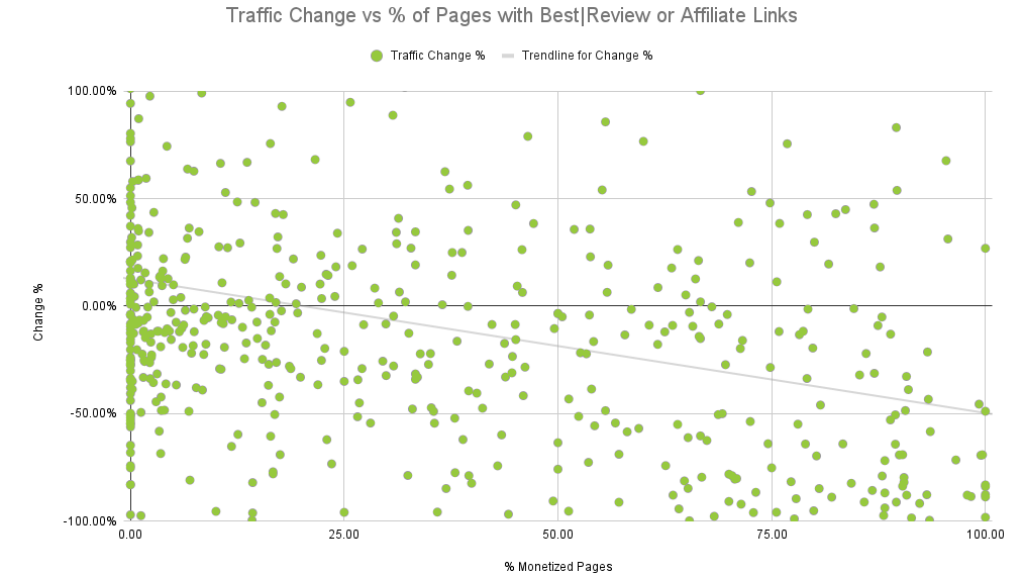
 All sites in the study must be affiliate sites.
All sites in the study must be affiliate sites.
